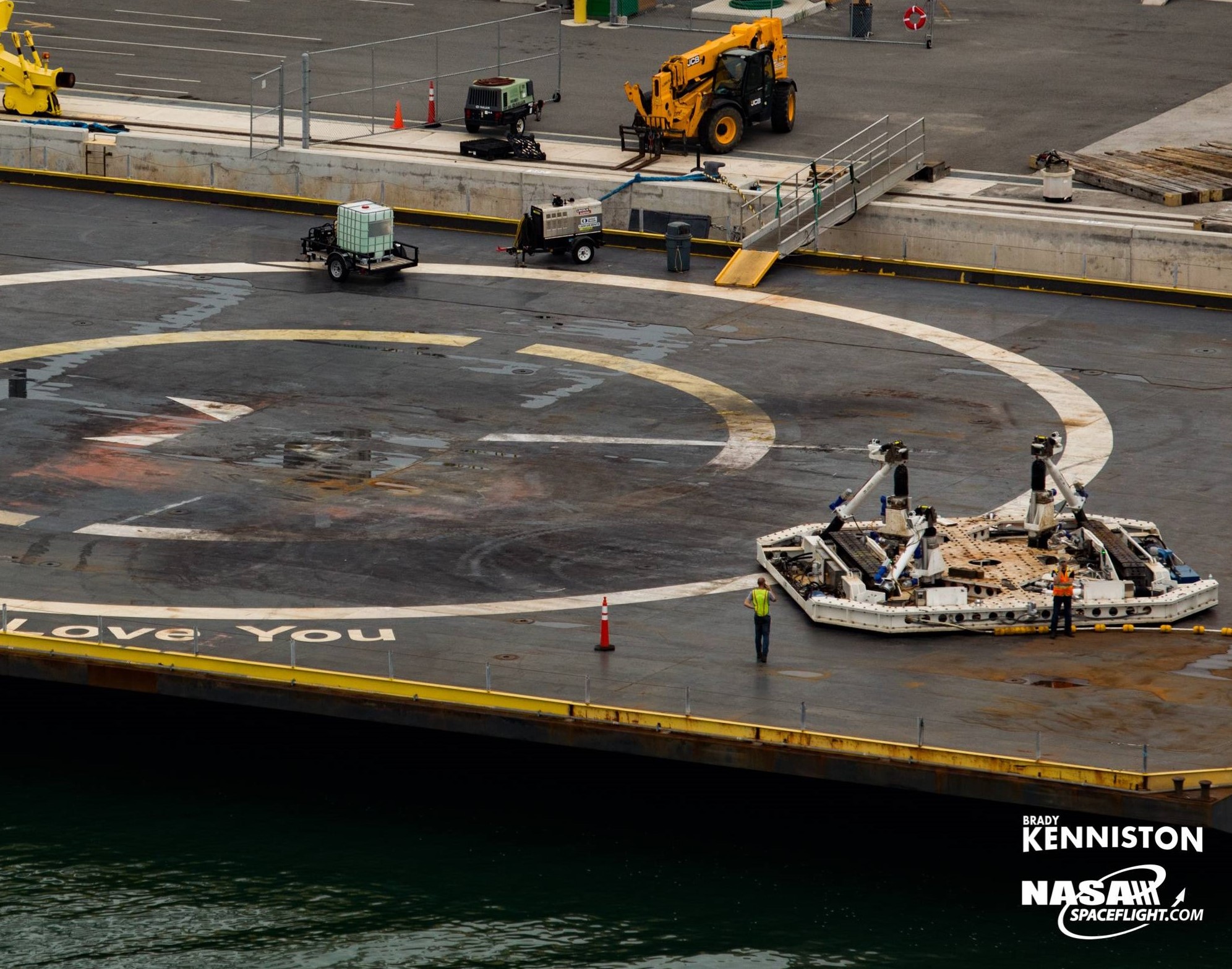The current answer is no. What they did say is that they would consider it and that reusability is also something that they promote. There is no question that NASA would want to see many successful powered landings before they would ever risk astronauts lives.
Thanks for confirming. SpaceX will want to see at least several test landings before they are as sure as possible nothing can go wrong.
However, .... once SpaceX is satisfied Dragon2 powered landing is safe, I can imagine them making the following point. Or the NASA engineering getting there at the same time. I.e., soft landing a small capsule with a double set of landing thrusters and the usual triple redundant control systems must be 'easier' than landing a 140' booster using gimbaled Merlin engines and nitrogen thrusters. That SpaceX has refined first stage soft landings to where success is to be expected and is highly likely, should mean something to NASA as they decide how many actual tests of Dragon 2 provide the level of risk assurance they want.
I'll inch further out on this limb and speculate that with some number of parachute aided water landings planned, SpaceX is not going to throw out the parachutes system. Since returns from orbit will soft land at the Cape, there can be a window to abort a powered landing and
bring capsule down to a soft enough water landing in the Atlantic off the Cape. IMO, that doesn't need to be quite as bullet proof as a planned water landing to be worthwhile as a not likely to be needed Plan B.



